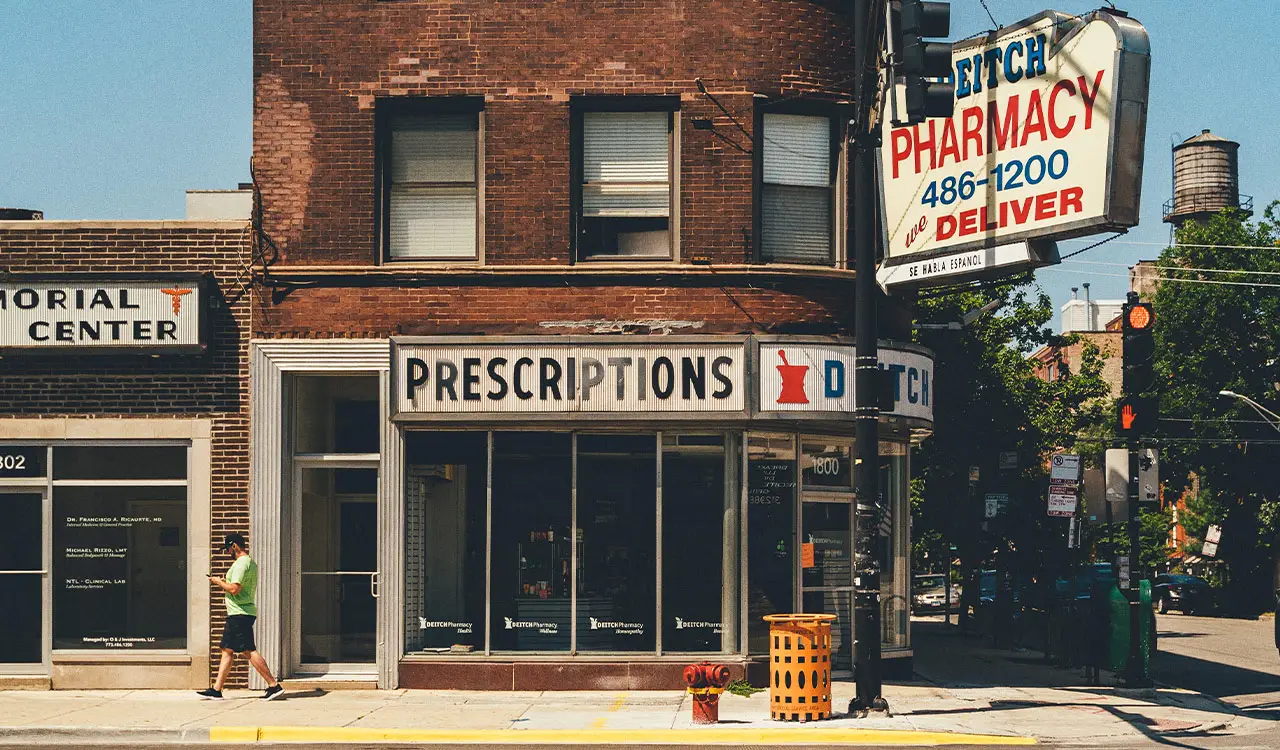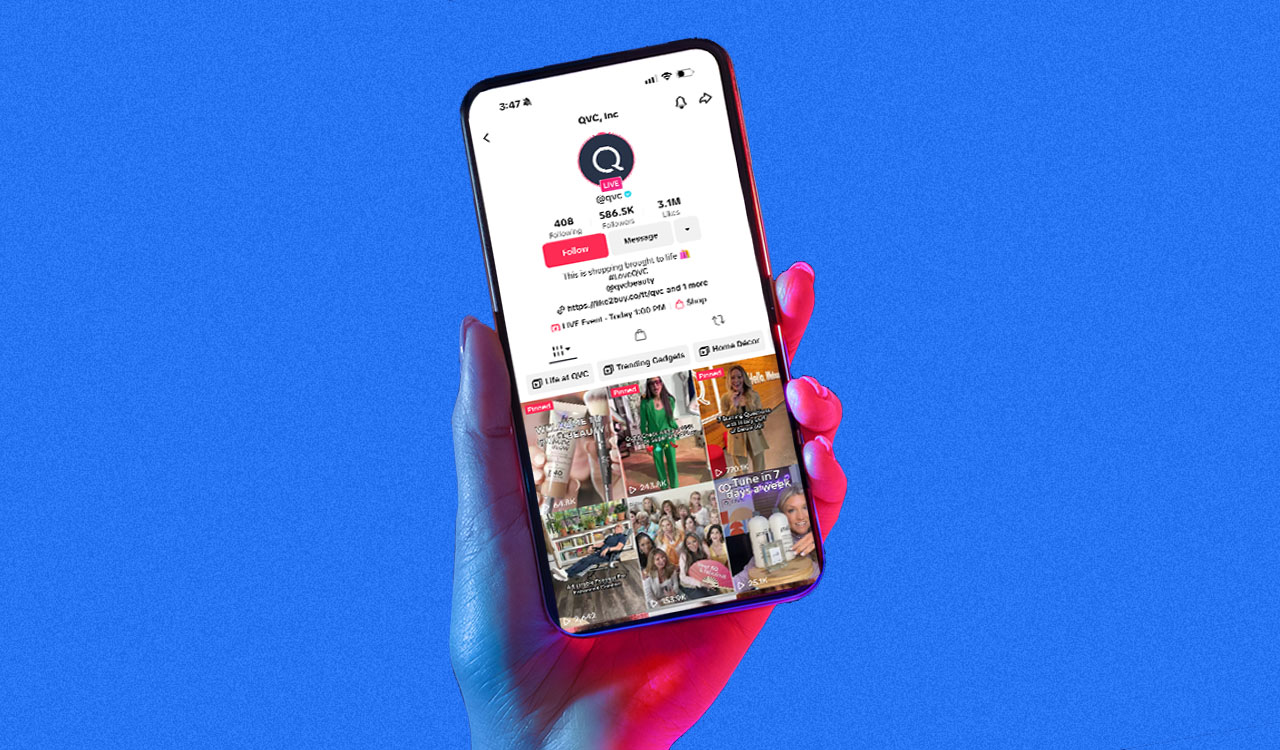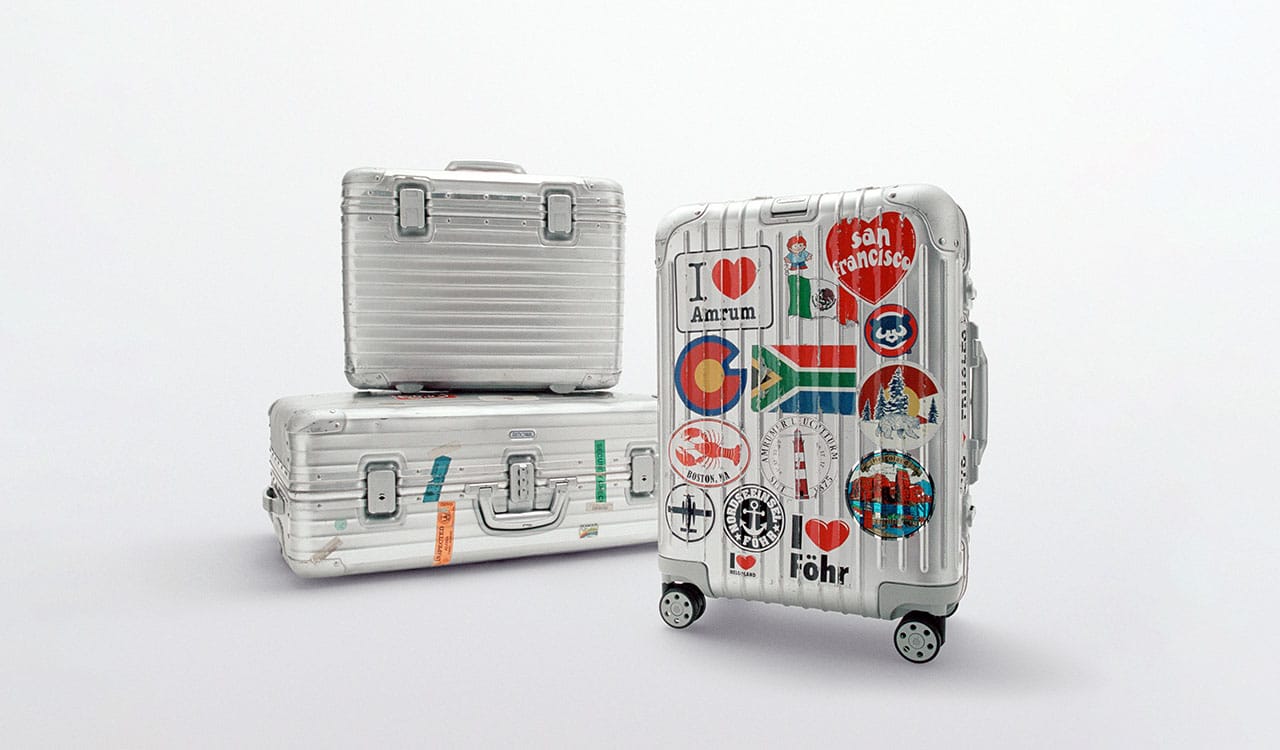For years, the big national drug chains led by the biggest of the big – Walgreens, CVS and the now bankrupt Rite-Aid – have been opening stores at a brisk clip, usually on corner locations which all three believed were the prime spots for their outlets.
“There’s a real chance we may come to look upon this major pullback by the big drug chains as a seminal turning point in the retail health care sector. Looking back in five or ten years, executives at those companies – they will not be the guys running them now, you can be sure of that – are going to be sick to their stomachs.”
Now it looks like we’re going to see more than 1,500 empty corner storefronts. And Walmart is licking its Big Box lips over the chance to gain market share in what remains one of the most stable – not to mention staple – sectors in all of retailing.
Why Aren’t Drugstores Resilient?
Yes, ecommerce continues to gain on in-store when it comes to where America gets it drugs and other household goods. But any doom-and-gloom reports on physical stores have proven to be outrageously wrong and in fact, in-person shopping seems to have picked up as a percentage of overall retail sales as we have come out of pandemic conditions.
That said, all the big drug chains are continuing to build out their ecommerce operations because certain purchases – particularly over-the-counter drugs and household goods – will increasingly be bought online.
But stores catering to healthcare have extra reasons to exist in person. It’s why the drug chain pullbacks – mostly voluntary although in the case of one banner most certainly not – don’t seem to make any sense whatsoever. Moreso, Walmart’s aggressive plan to build out its health, pharmacy and drug business looks like another moment of Bentonville brilliance.
They Must Be on Drugs
Sure, America is overstored and many big national chains of all sorts have slowed expansion plans and any number of them are in the process of trimming their physical footprints. In that context, what the drug chains are doing seems plausible. But in so many other factors, specific to their channel, they most certainly do not.
CVS, the largest of the drug chains, is also the most aggressive in store closings. Continuing on a policy it first announced two years ago, the big retailer just said it expects to close up to 900 locations by the end of next year. That would represent about 10 percent of its total fleet.
The reason is a great example of corporate-speak: “The company has been evaluating changes in population, consumer buying patterns and future health needs to ensure it has the right kinds of stores in the right locations for consumers and for the business.”
Sure, demographics change, and a great location ten years ago could be a rotten one now. But 900 such stores? I don’t know.
Walgreens, the number two chain with about 8,700 locations, is being much less assertive. It said it would shut about 150 stores in the U.S. – plus another 300 in the U.K. – attributing it to cost-cutting and its plans to open “pharmacy of the future” locations…whatever they are.
Finally, there’s Rite-Aid, which filed for bankruptcy in mid-October and is clearly in the worst situation of any of the big chains. Press reports have circulated that it plans to close as many as 500 locations, which would represent nearly a quarter of its total footprint. The specifics are still to come but when it’s over Rite-Aid will no longer be part of what will then be the Big Two.
Put it all together and around 1,500 drug stores will be closed before the end of next year. That’s about one in every eight locations in the country. And that’s a lot.
Walmart Getting Healthier
And then there’s Walmart. Right now, its Health business is mostly a rounding error when you’re a $600 billion company and the overall operation is barely a spec compared to CVS or Walgreens. But we know Walmart, don’t we? There are now only 34 Walmart Health locations, all operated within or adjacent to existing Super Centers, in five states: Arkansas, Florida, Georgia, Illinois and Texas. But 28 more are coming by the end of next year, expanding into Missouri, Oklahoma and Arizona.
On its website, Walmart says it will “eventually (operate) 80 healthcare centers in convenient locations near you.” And with more than 4,600 Walmart stores in the U.S. one has to think at some point most – if not all – will “eventually” get healthcare centers. If Walmart has proven anything since its founding more than half a century ago it’s that once it finds a formula that works, it is not hesitant to blow it out in a big way…and in a big hurry.
We Need a New Drug
Remember too that Walmart isn’t the only big retailer that sells healthcare products – at least of the over-the-counter variety – that is expanding. The dollar store twins – Dollar General and Family Dollar – each open anywhere between 500 and 1,000 new stores a year, year in and year out. They may close some stores in the process so these are not net gains, but they still represent thousands of additional places for a consumer to shop for the things they would buy in a conventional drugstore. And let’s not forget supermarkets, other discounters like Target and Meijer, warehouse clubs, and the thousands of independent drug and pharmacy stores throughout the country: they all want a piece of the drug business.
And while purchasing goods may be the primary reason why people shop at these stores, the story doesn’t end there. Most of these retailers (the dollar stores being the exception) also offer health consultations and exams, either through their pharmacists or in some cases nurses and doctors who are on-site. That’s a big piece of Walmart’s strategy: At the top of its site promoting Health, it says “Easily manage your health with access to medical, dental & behavioral health, all under one roof.” That’s not just some minimum-wage clerk asking for your phone number for their loyalty program. That’s all-in, all the time.
The big drug chains that are closing stores have implied – or said outright – that one of the reasons they are cutting back on the number of stores they operate is that Covid vaccinations have peaked, and they don’t need such a large footprint anymore. While that’s true, I’m pretty certain America’s overall health is getting worse, not better and access to service providers has got to be a big draw for consumers, especially those who may not be able to afford visits to private physicians, much less hospital emergency rooms. There’s a reason all of those neighborhood clinics – the trade calls them doc-in-a-boxes, cute right? – are sprouting up faster than the latest trendy fast-food joint.
There’s a real chance we may come to look upon this major pullback by the big drug chains as a seminal turning point in the retail healthcare sector. Looking back in five or ten years, executives at those companies – they will not be the guys running them now, you can be sure of that – are going to be sick to their stomachs. Wonder if they will know any good place to get treated for that?





